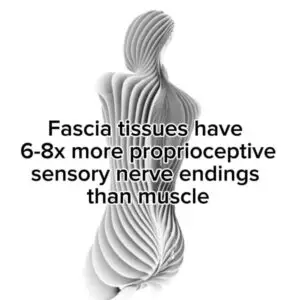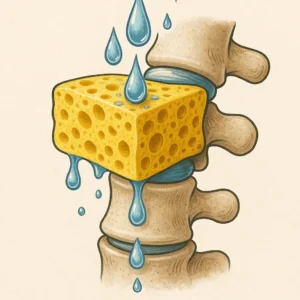SolCore Fitness Santa Fe practices Holistic Personal Training.
What does that mean “Holistic Personal Training.” It means that the program that you are on should take into consideration diet and lifestyle factors as well as a complete exercise program. So if you are one of those people who is on the newest diet craze or fitness craze, I implore you to take a little more consideration in what you are doing to yourself.
Below is an article that we believe in. To us practicing holistic personal training means that we need to be aware of how much “bad” stress we are putting on our body. It is not just about one thing that causes people to get sick, it is about the totality of what we are doing or not doing to ourselves. Eating to much non organic food means that we are ingesting to many chemicals and compounds that our body doesn’t know how to deal with.
“By 2025 One in Two Children will be Autistic.”
The above quote — and shocking prediction — was said recently by Dr. Stephanie Seneff a senior researcher at The Massachusetts Institute of Technology.
Her “one in two” prophecy is based upon the following pattern…
In 1975, 1 in every 5000 would develop autism. In 1985, it was 1 in every 2,500. In 1995, it was 1 in every 500, in 2005 in was 1 in every 166 and today it is approximately 1 in every 68 children.
In her June 5th 2014 report called Is Roundup the Toxic Chemical That’s Making Us All Sick? she presents a chart that shows the correlation between the use of Monsanto’s Roundup (which contains the active ingredient glyphosate) on crops and the rising rates of autism.
If that were her only proof it would be easy for critics to dismiss as one could overlap a chart of anything that has gone up over the years on the autism chart and make a similar case, but her case against Roundup (specifically the glyphosate found in Roundup) is well founded.
She notes that the well-known bio-markers of autism –low serum sulfate, disrupted gut bacteria, inflammatory bowel, serotonin and melatonin deficiency, mitochondrial disorder, zinc and iron deficiency (and more) “can all be explained as potential effects of glyphosate on biological systems.”
From 1995 to 2005 the use of glyphosate in pesticides rose 1,500 percent. Every year a 100 million pounds of glyphosate is used on more than a billion acres in the United States alone according to an article published in Science in Society in 2010.
In the summary of her Is Roundup the Toxic Chemical That’s Making Us All Sick? report she says that we should be very worried about glyphosate contamination of our food supply and recommends that it be banned from agriculture. She also suggests that, in addition to autism, its use can be linked to the risk of Alzheimer’s disease, celiac disease and other intestinal disorders.
So how do you protect yourself against the effects of glyphosate? Avoid consuming GMOs (At 13 parts per million, GMO corn contains more than 18 times the safe level of glyphosate set by the U.S. Environmental Protection Agency) and support GMO labeling efforts.
Quote:
“It is commonly believed that Roundup is among the safest pesticides… Despite its reputation, Roundup was by far the most toxic among the herbicides and insecticides tested. This inconsistency between scientific fact and industrial claim may be attributed to huge economic interests, which have been found
Very interesting and thought provoking info. I realize some objections may come saying “I’m to busy to cook all these meals.” Well don’t stress because as long as you are 80 to 90% good at home you don’t have to worry if you go out to eat at your favorite restaurant and they don’t use organic ingredients.
Another objection: “Organic food is to expensive!” With the rise in popularity in people wanting Organic food grocers now have to compete for business and this means discounts. Also going to the farmers market cuts out the middle man and now you get a better price and the farmer keeps more of the money. And if you are really money conscious know that cancer treatments are not cheep.
Don’t just perform random acts of movement for your workouts and don’t throw up your hands because eating organic is “hard.” Take control of your health with a Holistic Personal Training Program.
Get more information @


